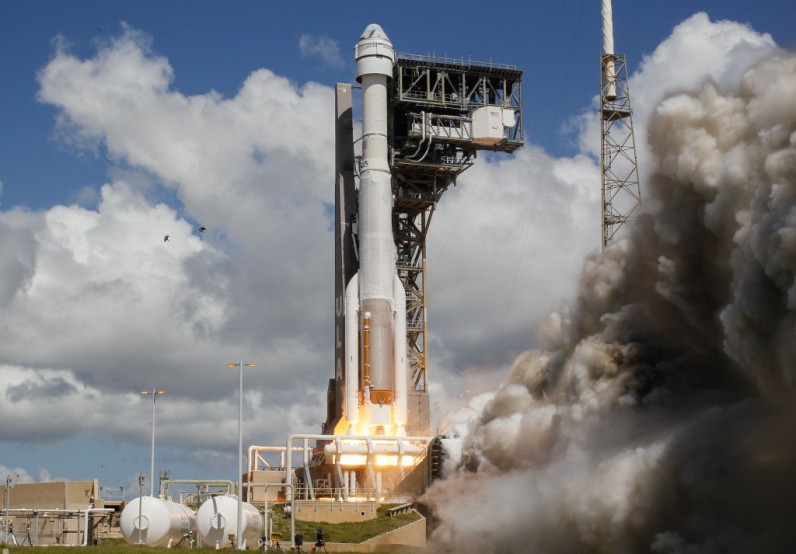
After almost a decade of delays and malfunctions, the Boeing CST-100 Starliner launched Wednesday (June 5), carrying NASA astronauts Barry Wilmore and Sunita Williams onboard.
Liftoff! Go #AtlasV! Go Centaur! Go #Starliner!
— Boeing Space (@BoeingSpace) June 5, 2024
Godspeed, Butch Wilmore and @Astro_Suni! pic.twitter.com/kTA8fjcLP7
TechCrunch reported that the capsule, which Williams named Calypso in honor of the vessel of world-renowned oceanographer Jacques Cousteau, lifted off at 10:55 ET (14:55 UTC) on top of a United Launch Alliance (ULA) Atlas V rocket and is on its way to the International Space Station (ISS).
A launch attempt on June 1 was scrubbed due to last-minute computer issues.
The Associated Press added that the flight was also the first time in 60 years that an Atlas rocket was used to ferry humans to space.
Questions on Starliner's Reliability
While the launch was successful, there would still be other significant milestones to hit during the mission to call it a complete success.
As of press time, the Calypso is suffering a helium leak while in orbit, which could jeopardize its next orbital burn to reach the ISS and the plan to repair the urine processor onboard the station after it malfunctioned.
In the last hour or so, Boeing and the flight team at Mission Control Center in Houston have been addressing a series of helium leaks within the Starliner's propulsion system in the top and port doghouses on the service module. Here's a synopsis from the NASA commentator as Butch… pic.twitter.com/8UH13cAikw
— Spaceflight Now (@SpaceflightNow) June 6, 2024
So far, SpaceX has been taking up Boeing's slack in delivering humans from the International Space Station and back on its Dragon capsule, with over seven NASA crewed missions, three Axiom Space missions, and other crewed flights such as Jared Isaacman's Inspiration4 mission back in 2021.
The current helium leak issue onboard only exacerbated the criticism Boeing has been receiving in the past half-year.
If the mission succeeds upon the Calypso's safe landing, the company will become NASA's second astronaut transportation provider, with regular flights slated for 2025.
However, spaceflight pundits stress that the US space agency should cut ties with Boeing and consider Sierra Space's Dream Chaser mini-shuttle instead as its second crewed vehicle provider.
SciTechDaily reported this week that the first Dream Chaser prototype, Tenacity, has arrived in Florida's Space Coast to undergo final testing and prelaunch processing ahead of its launch later this year.
While it is understood that NASA currently contracts Dream Chaser for cargo purposes, Sierra Space has also dabbled in putting humans onboard in its earlier plans.
Space Race Updates
Aside from internal issues regarding its space program, NASA faces tough competition against China in a new space race back to the Moon.
VCPost reported Sunday (June 2) that the Asian giant's Chang'e 6 lunar spacecraft landed on the far side of the Moon to collect samples and return them to Earth. The BBC added that the spacecraft's return module is returning.
Meanwhile, SpaceX has been given the green light by the Federal Aviation Administration (FAA) to launch its fourth Starship test flight on Thursday (June 6).







Join the Conversation